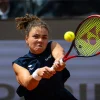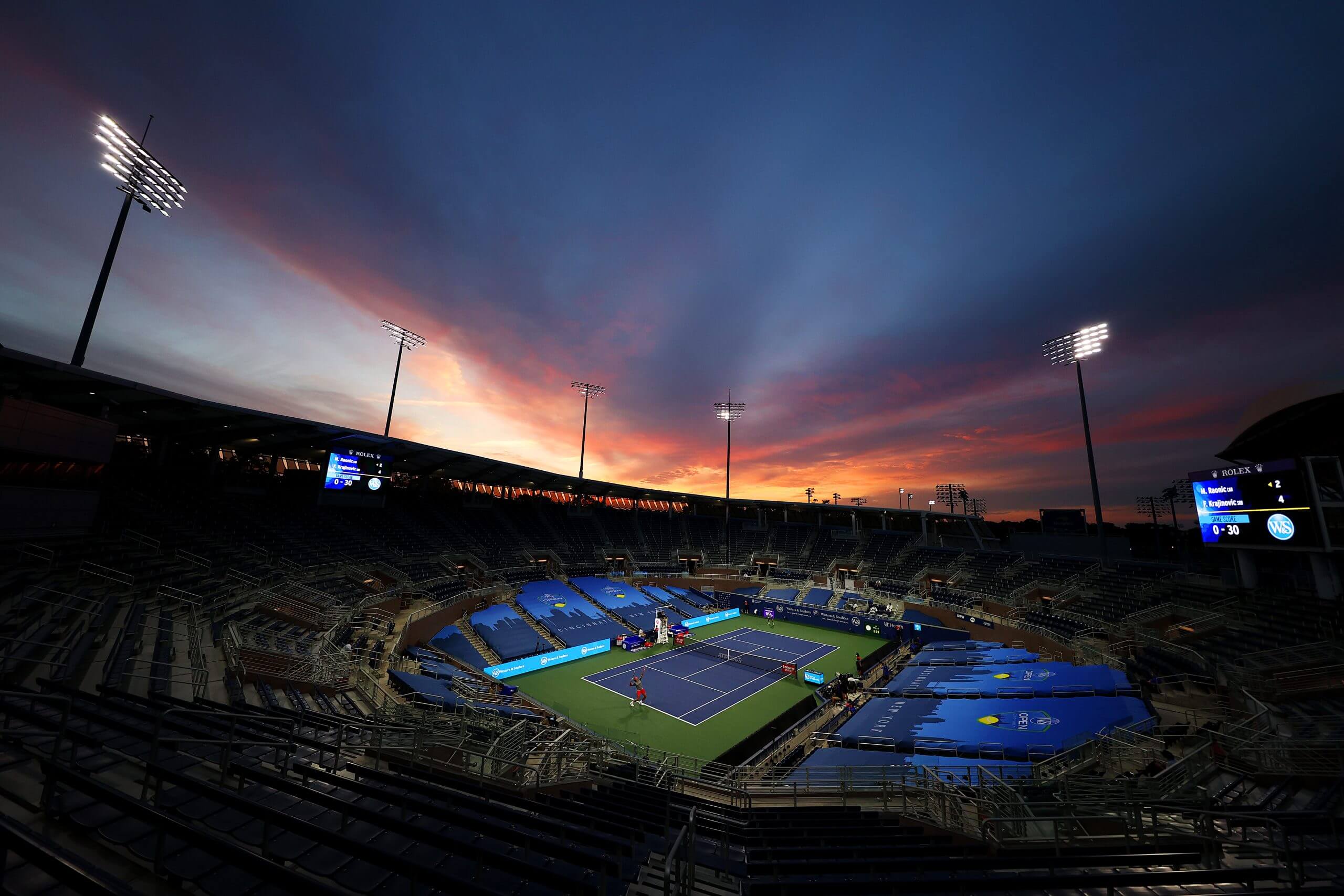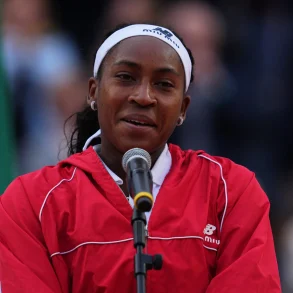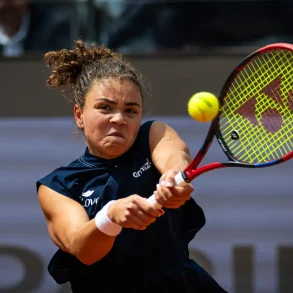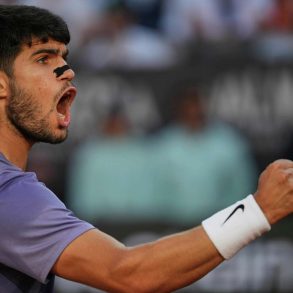Professional tennis is in a state of increasing dysfunction, a situation that became more evident during the 2024 ATP Tour Finals in Turin, Italy. Andrea Gaudenzi, the Chairman of the ATP, who sees himself as a key driver of change in the sport, addressed an elite crowd in a luxurious hospitality suite at the tournament. The room, filled with corporate sponsors and guests, was adorned with white tablecloths, crystal stemware, and silver flatware, reflecting the high-profile nature of the event.
However, just a short distance away, in a dark, cramped basement corridor of the arena, the players—the very individuals who bring life to the sport—were confined to a rudimentary warm-up area with a few exercise bikes and rubber mats. This stark contrast highlighted the growing divide between the people who control the sport and those who perform in it, a divide that has only deepened in recent years.
A central issue in tennis has been the grueling and relentless 11-month schedule, which has left many players feeling overworked and underprepared. Players like Carlos Alcaraz have openly expressed concerns about the physical toll the tour’s extended season takes on athletes. Alcaraz, in a candid remark during the 2023 Laver Cup in Berlin, warned that the current pace of the schedule could lead to serious burnout and harm to players’ careers.
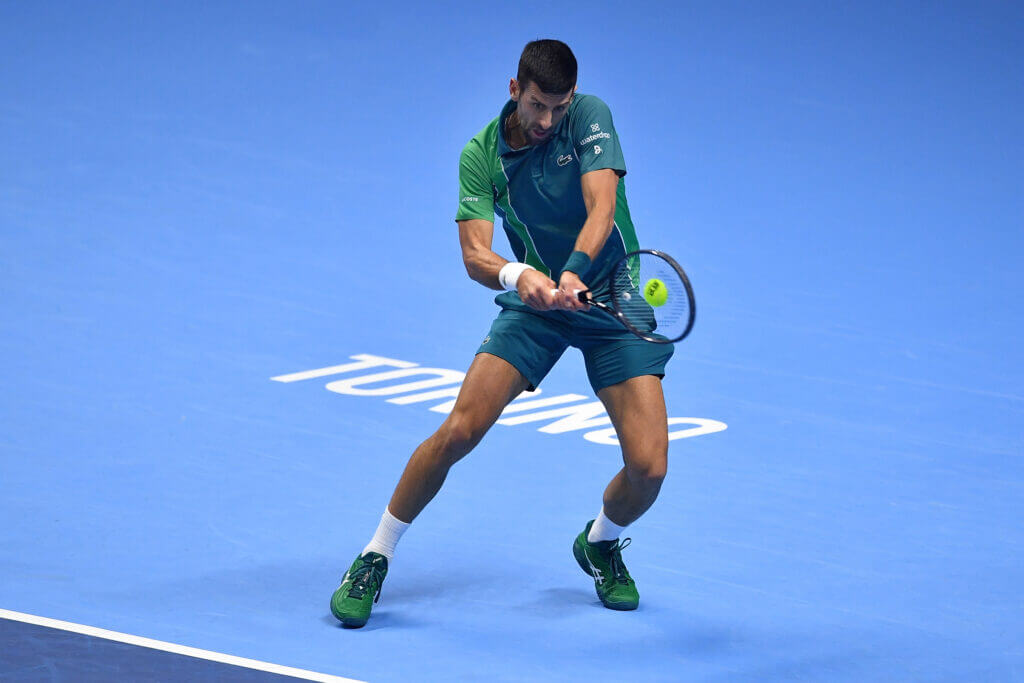
His comments were part of a larger chorus of complaints from players on both the ATP and WTA Tours, who have been vocal about the expansion of 1000-level tournaments from nine days to twelve. These tournaments, which are critical in terms of ranking points and financial earnings, now take up more time, leaving players with less time for rest and recovery between events. In 2025, the problem will worsen, as players will be required to play eight of these demanding 1000-level events, with only two finishing in a week, leaving very little unbroken downtime during the season.
Gaudenzi, when given the opportunity to address these issues, spoke of the flexibility available to make changes but stressed that any reduction in the length of tournaments or events could have unintended consequences. He argued that reducing the number of tournaments would harm the overall product of tennis, which he believes is the key to the sport’s success.
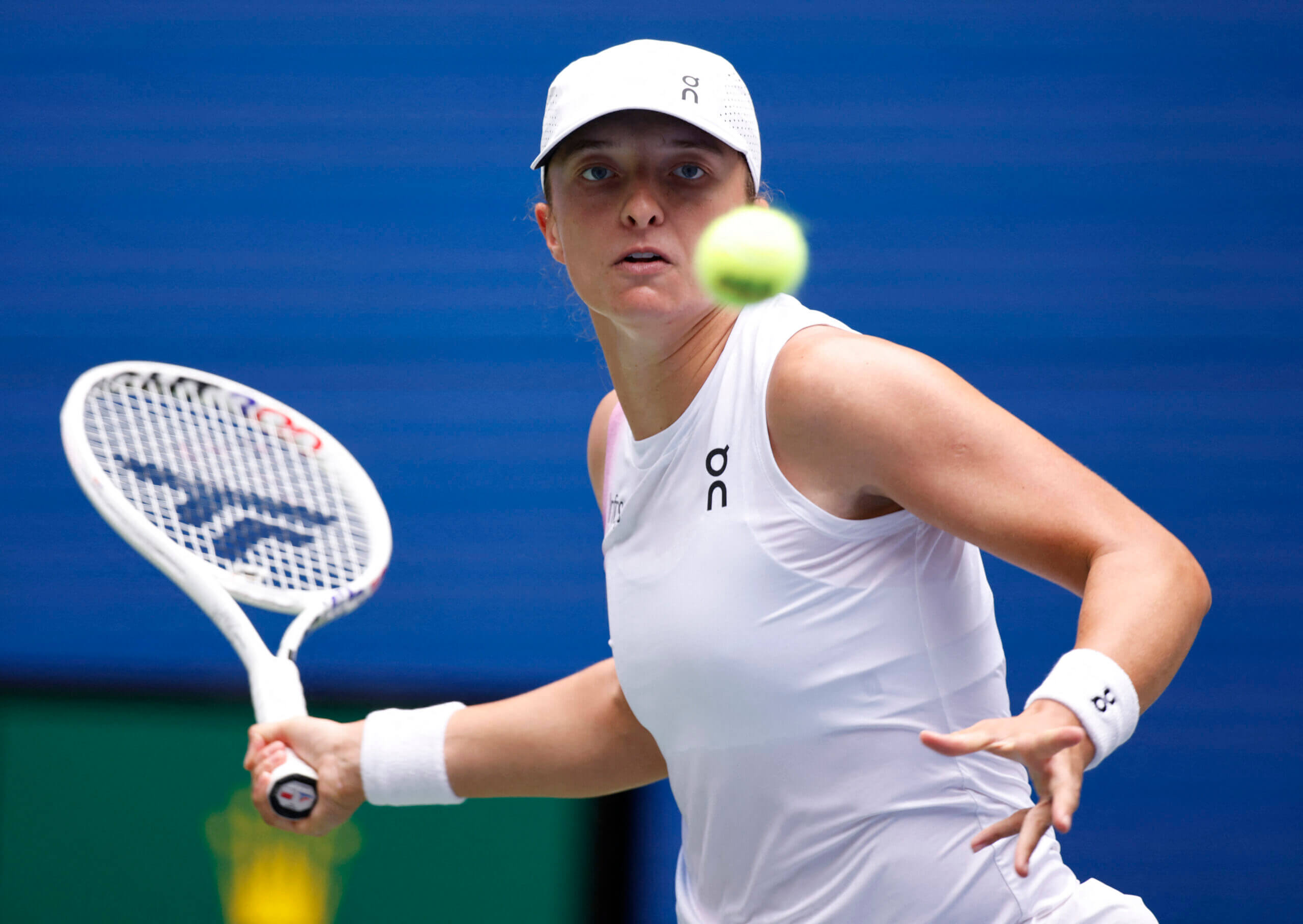
Gaudenzi’s perspective highlights the tension between the sport’s commercial interests and the well-being of the players. He reflected nostalgically on the sport’s past, mentioning that five-set matches are now reserved for only Grand Slam tournaments, a shift he views as detrimental to the essence of tennis. His main concern was that reducing tournaments could weaken the sport, suggesting that the solution should lie in adjusting other aspects of the calendar, rather than cutting down on events altogether.
However, many players, including prominent figures like Stefanos Tsitsipas, disagree. Tsitsipas, who had previously supported Gaudenzi’s proposals for changes to the Masters 1000 events, later voiced his frustration on social media, stating that the extended tournaments had become a “drag.” This growing discontent among players highlights the widening rift between those in charge of tennis and those who are directly affected by its demands.
In addition to the overwhelming schedule, players have also expressed concern over the lack of adequate rest and preparation. Alexander Zverev, a member of the ATP Player Council, has been particularly outspoken about the limited off-season. He argued that a mere four-week break between seasons is insufficient for players to fully recover and prepare for the next year’s grueling schedule.
Zverev, who has focused much of his attention on preparing for the 2025 season, spends hours practicing after his matches, knowing that the off-season offers so little time for both rest and rebuilding his body. Gaudenzi, however, dismissed such concerns as overly dramatic. He suggested that players only need a couple of weeks to rest, followed by a brief period to get back in shape before beginning their competitive season. His suggestion that players need a “couple of weeks” off and another two weeks to rebuild their bodies before resuming training may seem reasonable in theory, but it overlooks the unique challenges that tennis players face in maintaining their peak physical condition across such an extended season.
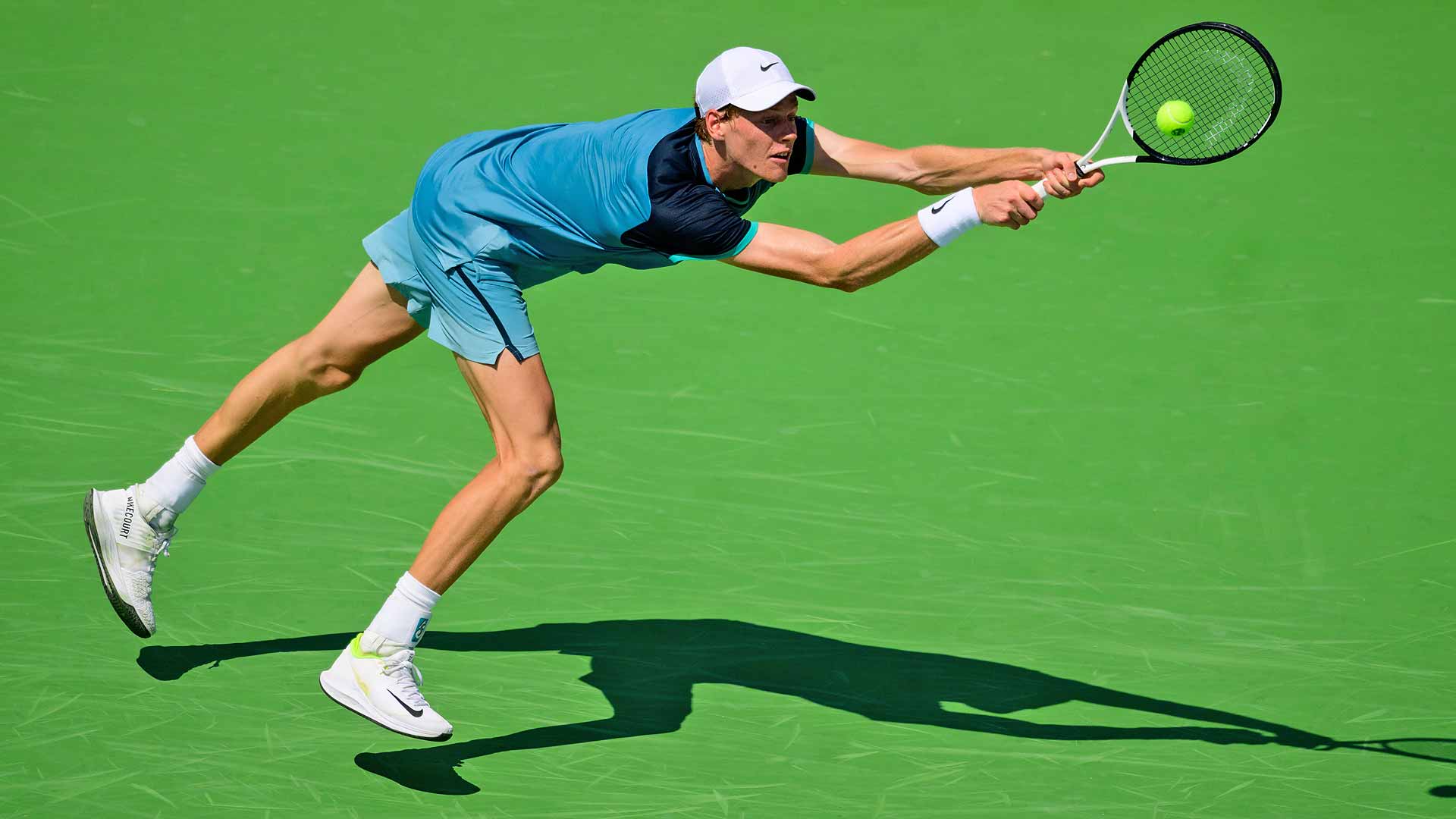
When comparing tennis to other major sports, the disparity in off-season time becomes even more apparent. Baseball players, for example, finish their season by early November and don’t report for spring training until mid-February, giving them a few months of recovery. Similarly, NFL and NBA players enjoy substantial off-season periods, allowing them to rest and recuperate before their training camps begin. In contrast, tennis players are expected to play nearly year-round, with very limited breaks in between. This brutal schedule is especially taxing for top players who not only have to maintain peak performance for extended periods but also face the challenge of traveling to different countries and playing in varying conditions.
One potential solution to the problems facing the sport was proposed in 2023 when discussions around a “Premier Tour” gained traction. The idea behind this plan was to streamline the tennis calendar by consolidating the best ATP and WTA players into a series of elite events that would rival the prestige of the Grand Slams. The plan aimed to reduce the number of tournaments but increase the prize money and prestige of those that remained, modeled on the business success of Formula One.
The intention was to create a smaller, more lucrative set of events, with fewer tournaments and more money, while keeping the top players at the center of the sport. However, despite the excitement surrounding the idea, the proposal ran into significant challenges, particularly in securing the necessary commercial backing. By April 2024, some of the key stakeholders—such as the leaders of the Grand Slam tournaments—had pledged to invest in the plan, but the ATP and WTA were not enthusiastic about it. Both organizations feared that such a plan would relegate their lower-tier tournaments to second-tier status, undermining their financial viability and reducing the diversity of tournaments available to players.
Meanwhile, discussions continued in parallel about a potential merger between the ATP and WTA to create a more unified structure for the sport. The idea of a combined event for both men’s and women’s tennis in Saudi Arabia was also explored, but it remains uncertain whether such a venture will materialize anytime soon. The proposed tournament in Riyadh has the potential to revolutionize the sport’s commercial side, but logistical challenges, including timing and financing, have delayed its realization. It is not expected to come to fruition before 2027 at the earliest, adding further uncertainty to the sport’s future direction.
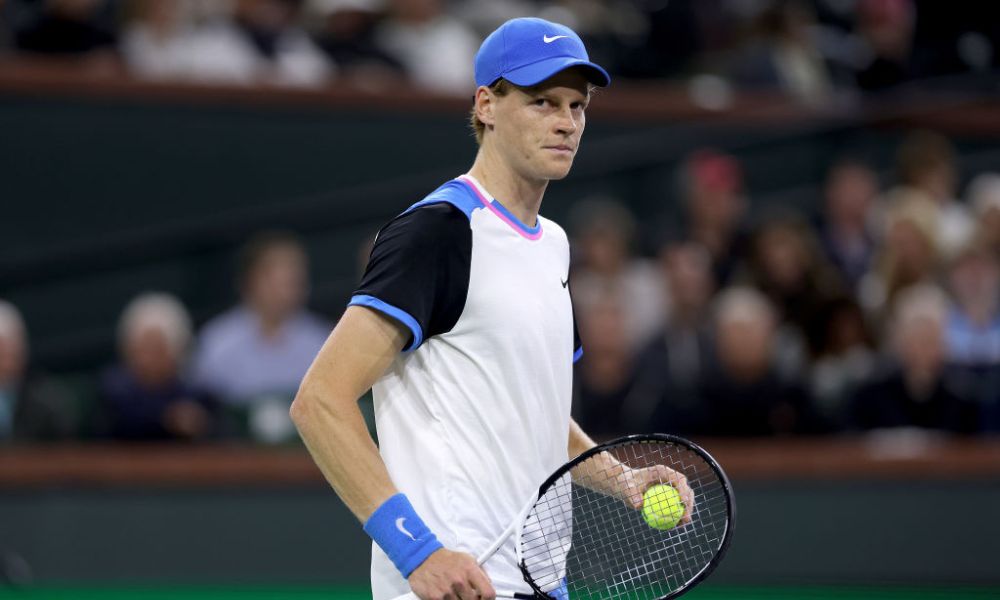
In addition to these structural and organizational challenges, tennis is also facing internal issues related to player rankings and mandatory event quotas. The WTA’s changes to the ranking system, which led to Iga Swiatek losing her No. 1 position due to missed mandatory tournaments, exemplify the frustrations players have with the sport’s rules. Players feel that changes to the ranking system are often implemented without adequate communication, leaving them in the dark about important decisions that impact their careers.
Swiatek herself voiced her concerns about the lack of transparency in the WTA’s decision-making process, particularly regarding the addition of mandatory tournaments that players were not adequately informed about. These issues have fueled a broader sense of dissatisfaction within the women’s game, which is already struggling with challenges related to media representation, sponsorship, and tournament attendance.
The difficulties facing women’s tennis were compounded by the fact that many women’s tournaments still struggle to draw large crowds. Despite the success of individual players like Swiatek and Aryna Sabalenka, many women’s tournaments remain poorly attended, further contributing to the sport’s sense of invisibility. The lack of attention to women’s tennis in certain tournaments, such as the French Open’s refusal to schedule women’s matches for the prestigious night session, only exacerbates these issues. While a potential merger with the ATP could help address some of these commercial concerns, the road to achieving this goal remains uncertain.
As tennis moves forward, it finds itself caught in a web of competing interests, each organization vying for power and influence over the sport’s future. The Grand Slams are determined to preserve their primacy, while the owners of 1000-level tournaments fight to maintain the value of their events. The International Tennis Federation, which oversees national team competitions, also seeks to maintain its place in the calendar.
At the same time, players, particularly those outside the top ranks, continue to struggle financially, with many fearing that a few bad months could force them to cut back on coaching and support staff. Despite the increasing pressure for change, there seems to be little movement toward resolving these issues. Instead, tennis is trapped in a cycle of negotiation, with no clear solutions in sight. The growing sense of frustration suggests that change is inevitable, but for now, the sport remains in a state of suspended animation, waiting for the inevitable revolution that may finally shake its foundations.


